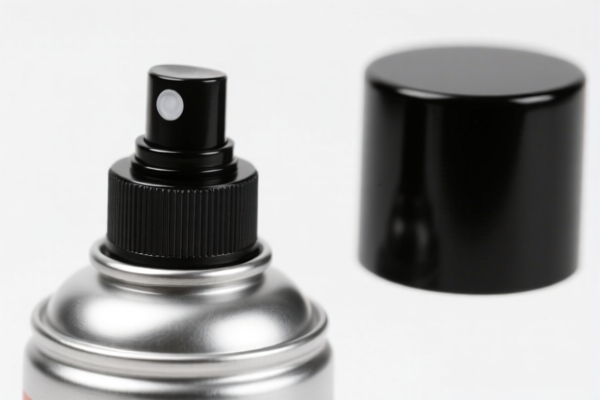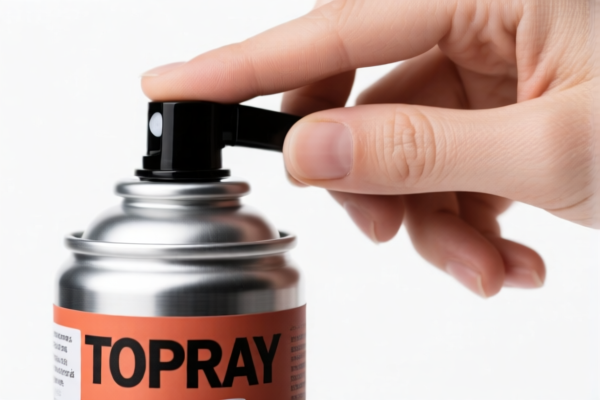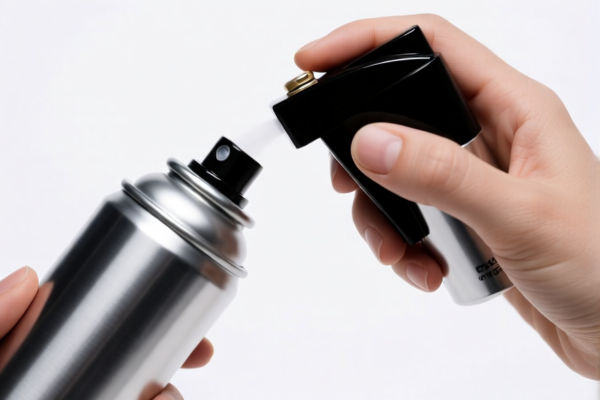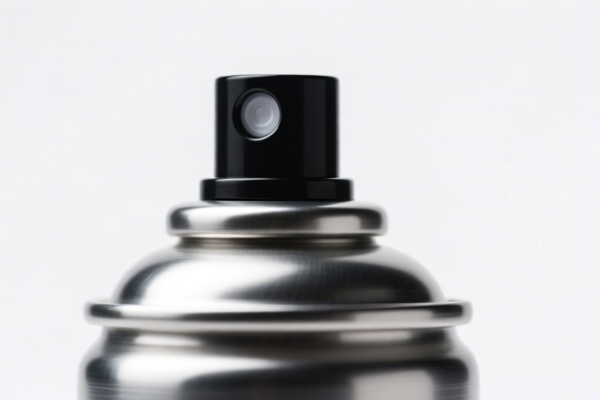| HS Code | Official Doc | Tariff Rate | Origin | Destination | Effective Date |
|---|---|---|---|---|---|
| 3808999501 | Doc | 60.0% | CN | US | 2025-05-12 |
| 3214905000 | Doc | 58.25% | CN | US | 2025-05-12 |
| 3923500000 | Doc | 60.3% | CN | US | 2025-05-12 |




Okay, let's break down the HS codes and tax implications for your declared goods. I'll provide a structured analysis to help you understand the classification and potential costs.
Understanding HS Codes – A Quick Primer
The Harmonized System (HS) code is a globally standardized system of names and numbers to classify traded products. It's crucial for customs declarations, determining duties, and ensuring proper import/export procedures. Here's how the codes generally work (using your examples):
- First 2 Digits (Chapter): Broadly defines the product category.
- First 4 Digits (Heading): More specific classification within the chapter.
- First 6 Digits (Subheading): Further refines the product description.
- Remaining Digits: National-level specifications (can vary by country).
1. TOP SPRAY – Insecticides, rodenticides, fungicides, herbicides, etc. (HS Code: 3808.99.95.01)
- Chapter 38: Chemicals and their products; miscellaneous chemical products. This indicates your product falls under the category of chemical preparations.
- Heading 3808: Insecticides, rodenticides, fungicides, herbicides, antisprouting products and plant-growth regulators, disinfectants and similar products. This narrows it down to pesticides and related products.
- Subheading 3808.99: Other (This is a catch-all for products within this heading that aren't specifically listed elsewhere).
- 3808.99.95.01: Further specifies the "other" category.
Tax Implications:
- Basic Duty: 5.0%
- Additional Duty: 25.0%
- Post April 2, 2025 Additional Duty: 30.0%
- Total Tax: 60.0%
Important Notes:
- Product Composition: The exact composition of your "TOP SPRAY" is critical. Different active ingredients might have different regulations or require specific licenses.
- Registration: Pesticides often require registration with the importing country's regulatory authorities. Ensure you have the necessary permits and documentation.
- Labeling: Strict labeling requirements usually apply to pesticides, including hazard warnings, usage instructions, and manufacturer information.
2. Glaziers' putty, grafting putty, resin cements, caulking compounds (HS Code: 3214.90.50.00)
- Chapter 32: Organic coloring matter, pigments, paints, varnishes, etc. This indicates your product is a type of organic chemical preparation used for coloring or surface treatment.
- Heading 3214: Organic coloring matter, pigments, paints, varnishes, etc.
- Subheading 3214.90: Other.
- 3214.90.50.00: Further specifies the "other" category.
Tax Implications:
- Basic Duty: 3.25%
- Additional Duty: 25.0%
- Post April 2, 2025 Additional Duty: 30.0%
- Total Tax: 58.25%
Important Notes:
- Composition: The specific chemical composition of the putty/cements is important. Some chemicals may be subject to restrictions or require specific certifications.
- VOC Content: Volatile Organic Compound (VOC) content may be regulated. Ensure your product meets the importing country's standards.
3. Articles for the conveyance or packing of goods, of plastics; stoppers, lids, caps and other closures, of plastics (HS Code: 3923.50.00.00)
- Chapter 39: Plastics and articles thereof. This indicates your product is made of plastic.
- Heading 3923: Articles for the conveyance or packing of goods, of plastics; stoppers, lids, caps and other closures, of plastics.
- Subheading 3923.50: Stoppers, lids, caps and other closures.
- 3923.50.00.00: Further specifies the "stoppers, lids, caps and other closures" category.
Tax Implications:
- Basic Duty: 5.3%
- Additional Duty: 25.0%
- Post April 2, 2025 Additional Duty: 30.0%
- Total Tax: 60.3%
Important Notes:
- Plastic Type: The type of plastic used (e.g., PET, HDPE, PVC) may affect regulations or recyclability requirements.
- Food Contact: If these closures are intended for food or beverage containers, they must meet food-grade standards and have appropriate certifications.
General Recommendations:
- Verify HS Codes: While I've provided an analysis based on the descriptions, it's crucial to confirm these HS codes with a customs broker or the importing country's customs authority. Incorrect classification can lead to delays, penalties, and unexpected costs.
- Material Specifications: Provide detailed material specifications for each product.
- Single Invoice: Ensure your invoice clearly lists each item with its corresponding HS code and accurate unit price.
- Certifications: Determine if any certifications (e.g., food-grade, safety standards, environmental compliance) are required for your products.
- Post-April 2, 2025 Changes: Be aware of the additional duty increases scheduled for April 2, 2025, and factor them into your cost calculations.
Disclaimer: I am an AI assistant and cannot provide definitive customs advice. This information is for general guidance only. Always consult with a qualified customs broker or the importing country's customs authority for accurate and up-to-date regulations.
Customer Reviews
No reviews yet.